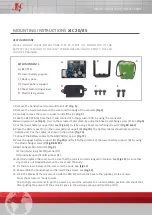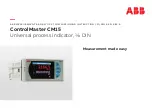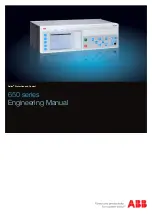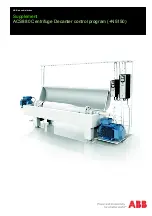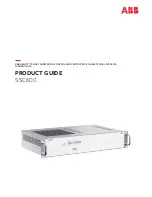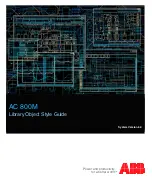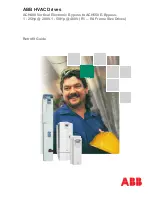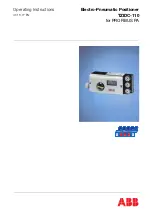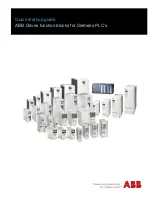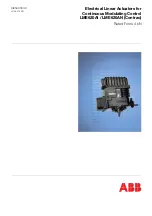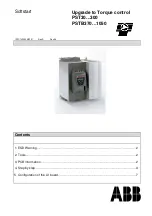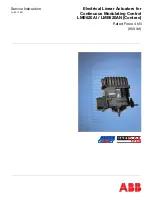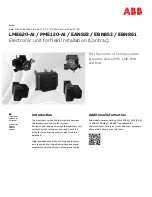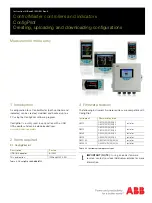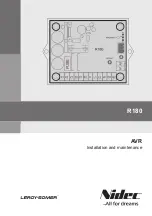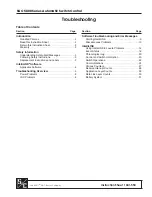Summary of Contents for AcerAltos 3102RS
Page 1: ...AcerAltos 3102RS AcerAltos 3102RS Ultra SCSI to Ultra SCSI RAID Controller User s Guide ...
Page 18: ......
Page 20: ......
Page 24: ......
Page 55: ...Chapter 3 Functional Descriptions 37 Drive E now has a capacity just under 1800MB ...
Page 56: ......
Page 64: ...User s Guide 46 Insert RAID Controller Main Board Daughter Board Insert ...
Page 202: ......
Page 218: ......
Page 276: ......
Page 290: ......
Page 296: ...User s Guide G 2 ...


















